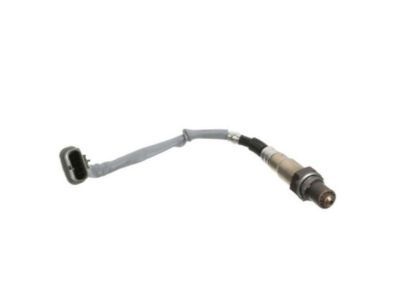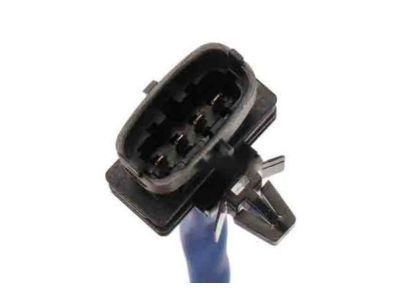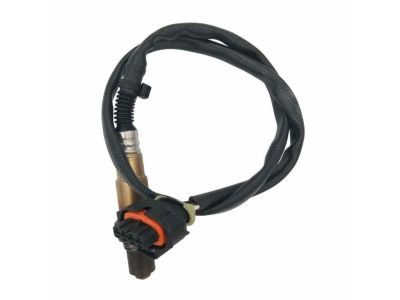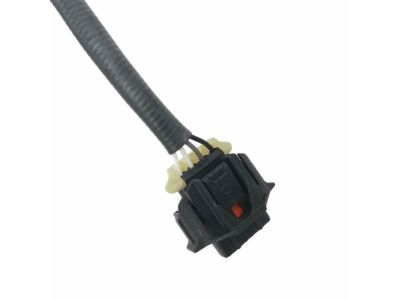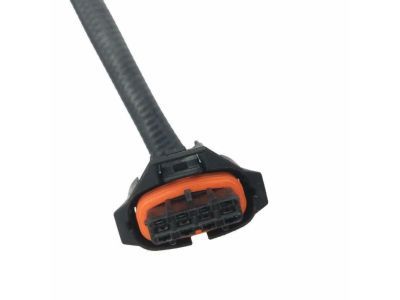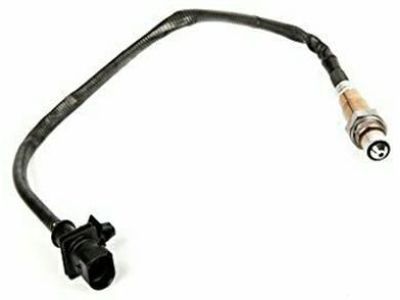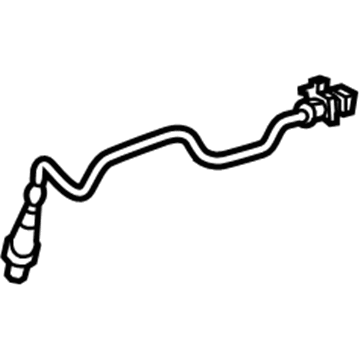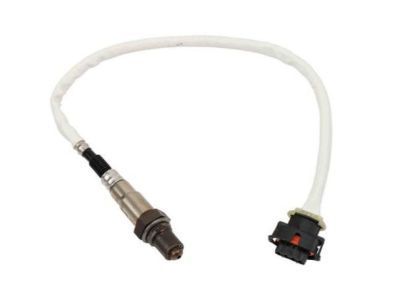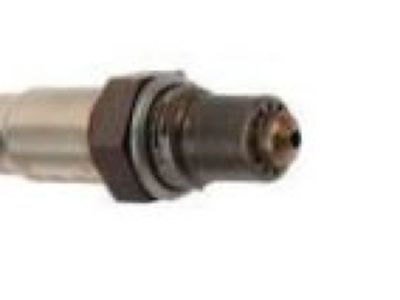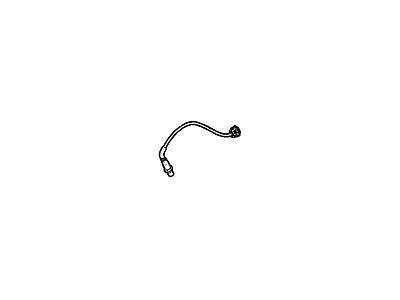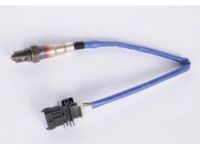
My Garage
My Account
Cart
Genuine Chevrolet Cruze Oxygen Sensor
Oxygen O2 Sensor- Select Vehicle by Model
- Select Vehicle by VIN
Select Vehicle by Model
orMake
Model
Year
Select Vehicle by VIN
For the most accurate results, select vehicle by your VIN (Vehicle Identification Number).
5 Oxygen Sensors found
Chevrolet Cruze Heated Oxygen Sensor
Part Number: 12701634$61.56 MSRP: $125.58You Save: $64.02 (51%)Ships in 1-2 Business DaysChevrolet Cruze Sensor Assembly, Heated Oxygen (Position 1)
Part Number: 55572993$49.34 MSRP: $100.66You Save: $51.32 (51%)Ships in 1-2 Business DaysChevrolet Cruze Sensor Assembly, Heated Oxygen (Position 2)
Part Number: 55572216$60.93 MSRP: $124.30You Save: $63.37 (51%)Ships in 1-2 Business DaysChevrolet Cruze Sensor Assembly, Heated Oxygen (Pre, Cataly)
Part Number: 12644786$79.83 MSRP: $225.74You Save: $145.91 (65%)Ships in 1-2 Business DaysChevrolet Cruze Sensor Assembly, Heated Oxygen (Position 1)
Part Number: 55572215$75.59 MSRP: $124.72You Save: $49.13 (40%)Ships in 1-2 Business Days
Chevrolet Cruze Oxygen Sensor
The Oxygen Sensor is used in Chevrolet Cruze vehicles specifically to measure the unburned oxygen levels in the exhaust so that the air fuel mixture used by the engine can be optimized towards achieving efficient usage and therefore minimized emission. Thus the sensor creates a voltage signal with relation to the oxygen concentration, and communicates to the engine control computer whether the mixture is rich or lean, and the fuel injector pulse width is adjusted in consequence. Many Chevrolet Cruze models employ zirconium dioxide oxygen sensors which can be of two types, the narrow-band sensors and the wide-band ones. The narrow-band optical sensors yield rich/lean signals and the wide-band sensors sample a wider band and hence provide better air-fuel ratio signals. These sensors tend to wear out with time, hence getting contaminated when they are not well maintained and this results in high emissions and perhaps some engine complications. This article highlights the importance of carrying out periodic check ups and servicing of the Chevrolet Cruze Oxygen Sensor in order to enhance it's performance.
Each OEM Chevrolet Cruze Oxygen Sensor we offer is competitively priced and comes with the assurance of the manufacturer's warranty for the part. Furthermore, we guarantee the speedy delivery of your orders right to your doorstep. Our hassle-free return policy is also in place for your peace of mind.
Chevrolet Cruze Oxygen Sensor Parts Questions & Experts Answers
- Q: What precautions should be taken when working with an oxygen sensor on Chevrolet Cruze?A:Precaution is required when connecting an oxygen sensor because it is fitted in the exhaust manifold or exhaust pipe, which shrinks when cold and becomes tight when tightening when the engine is cold. Care has to be taken not to burn oneself and it is advisable to start the engine and let it run for one or two minutes for the sensor to warm up, at the same time taking care not to force thread or damage the sensor. When installing or replacing oxygen sensor, care should be taken to notice that the sensor has a pigtail and an electrical connector that is supposed to be left intact as removing or damaging this part will make the sensor to be as good as useless. Do not allow any of the grease, dirt or other contaminants get to the electrical connector and the louvered end of the sensor, and never apply any cleaning solvents on it. Oxygen sensors are very sensitive and should not be thrown or touched as they may break. Particularly, be sure the silicone boot on the sensor is at the correct place to avoid melting and enable performance in its supposed manner. The vehicle may not work as it is supposed to for several days after the sensor has been replaced, and this is because the sensor has to go through what is commonly referred to as the 'learn process', and this may require the use of the GM's TECH-2 scan tool to hasten this process. The upstream oxygen sensor in the CVTiest 1.4L models is situated on the top of the Catalytic Converter, to the immediate right of the turbocharger while that of the CVTiest 1.8L models is fashioned onto mid-section of the exhaust manifold. To begin with, switch off the ignition key and then unbolt the exhaust manifold heat shield for the 1.8L models and the upstream oxygen sensor electrical connection for the 1.4L models near the throttle body hose, for the 1.8L models it can be done near the thermostat housing. Prise with an oxygen sensor socket the upstream oxygen sensor, using penetrant if the bolt is tightly canted. For the downstream oxygen sensor, the ignition key should be OFF / and the vehicle raised on jackstands securely / the electrical connector is to be found at the back side of the engine on a bracket and one must disconnect it. Disconnect the downstream oxygen sensor, if it requires you to use penetrant, then go ahead and apply it. Reinstall the old sensor and if so, apply anti seize compound to the threads to ease the removal in future, other if a new sensor is used the threads are already oiled with anti seize compound. It is vice versa of removal where ensure the sensor is well tightened up to the specified torque of the area.

